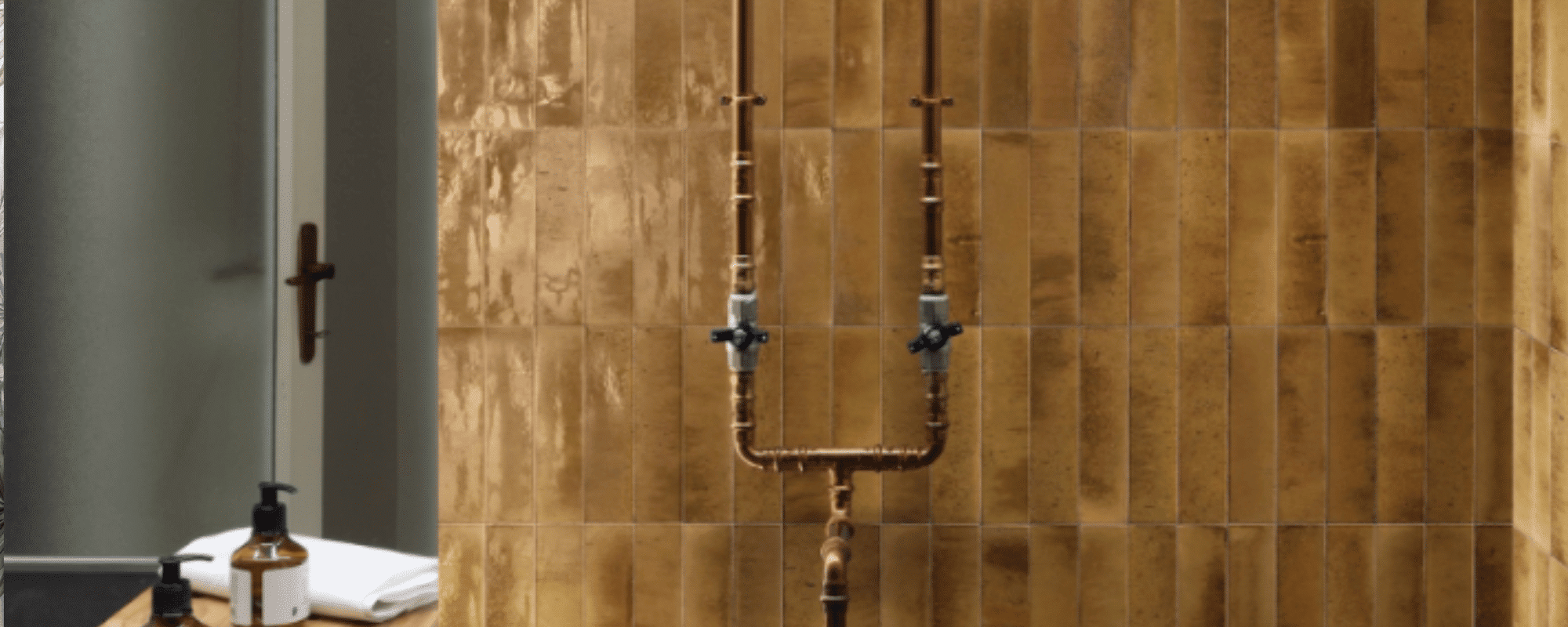Why do tiles sometimes not match the size declared?
Do you know that when you buy a tile of 30×30 cm dimension, for example, its real size will almost certainly never be 30×30 cm? It can be 29.8х29.8 cm, 30.2х30.2 cm, 29.5х29.5 cm – the options can be many. A tile of size 20×20 cm can have the size 19.7×19.7 cm, a porcelain stoneware of size 60×60 cm can be 60.8×60.8 cm in size.
This is absolutely normal and not a defect or deception by the seller. This situation is most common with floor tiles and porcelain stoneware.
You need to know about calibration so that if you add to an order you can ensure that you receive your extra tiles in the same size.
This is an explanation about calibration
Tiles are made from clay, which to the infinite sorrow of all manufacturers – tends to shrink during firing. Controlling the degree of change of clay is a serious headache for factories because too much compression (and thus density) of the raw materials can cause a tile to be deformed and become curved.
Here is a brief description of the kiln firing production process
– a raw tile with a size bigger than you need to get at the end – is loaded into the production line
– it has a composition including calcium-containing substances which do not shrink during firing. This helps to reduce the deformation of the clay in the kiln.
– the tile is slowly fired. At the centre of the kiln the maximum temperature (for porcelain stoneware it is about 1300 °C). The temperature gradually rises as the tiles approach the centre and then gradually falls in order to avoid thermal shock and deformation of the tile.
This is a tile tunnel kiln – it is over 100 metres long. Tiles move through it on rollers – these are the white circular tubes in between the blue base and top of the kiln.
The higher the temperature, the higher the need for density/compression. Therefore, the issues surrounding calibre mainly exist for porcelain stoneware and floor tiles, which are more compressed and fired at higher temperatures.
– based on settings in the equipment, the firing duration, type of clay, temperature, presence of additional impurities (and good luck), the factory hopes to get at the end a tile with the right size, for example, 30×30 cm. In this case, size 30×30 cm will be the nominal size specified in all catalogues and also on the packaging.
– actually, something different comes out of the kiln every time. Sometimes with greater degrees of difference and sometimes lesser. Clay is a natural product extracted from the ground and so its properties vary.
– here is a special measuring machine on the production line, which uses a laser to measure the sizes of the tiles, and then sorts the tiles by size.
Tiles of size 29.7х29.7 cm are sorted as first size, 29.8х29.8 cm as another size, 29.9х29.9 cm as the third, etc.
These sizes are called the calibre. Most often, the difference between each calibre is 1 mm. The difference between the tiles manufactured in one series can be up to a whole centimetre. Thus for a nominal size of 30×30 cm, the actual size of the tile will vary from 29.5х29.5 cm to 30.5х30.5 cm. The first calibre takes the smallest size, the second calibre takes the next size (each greater by 1 millimetre).
How do I know the calibre of a tile?
This information is not displayed at the point of sale or mentioned in catalogues.
The best way is to check on the box. Typically the calibre is indicated as a number or as a size in mm you can see on this picture the calibre is 246.0×494.5.
 For more tile inspiration browse our trending tiles or visit our Pinterest.
For more tile inspiration browse our trending tiles or visit our Pinterest.

